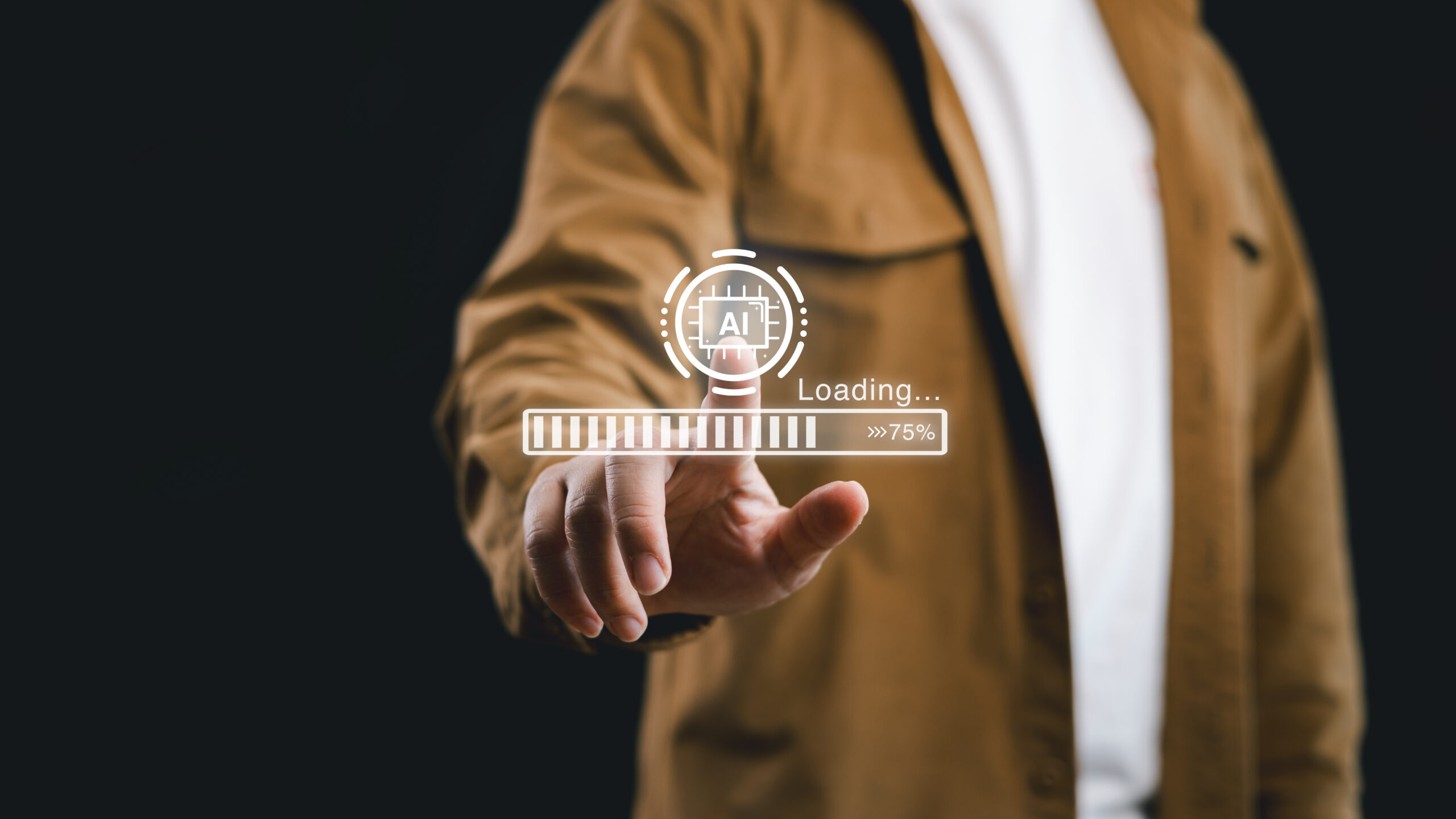Right now, large language models (LLMs) – deep learning models that probabilistically generate written responses – are not profitable. OpenAI, for example, spent $2.35 for every dollar it made in 2024.
How could it sustain such a loss? Microsoft invested (and continues to invest) tens of billions to sustain OpenAI and all its services.
OpenAI’s ChatGPT, Google’s Gemini, Anthropic’s Claude and most other LLMs on the market all haemorrhage money. So why are investors propping them up?
Because it’s a trap.

Getting Customers Hooked
Software developers want every product to become a necessary part of their customers’ workflows. That way, they’ll never stop paying because the switching cost is too high.
To make people reliant on their software, they first need to convince them to try it.
Free trials and usage limits are well-established strategies to draw in customers by letting them try before they buy.
But if a company has cash to burn, they can do one better. The highest-profile LLMs today are largely free because they’re trying to get as close to market saturation as possible before they paywall their services.
Customers are more likely to integrate a free product into their workflow. Unfortunately, when it comes to LLMs, that reliance will cost them later.
When the paywalls rise, those who rely on LLMs will have to either accept the new price or face a steep switching cost.

Credit: David Revoy, 2015 CC BY 4.0
Repeating History
This business model isn’t new. Popular software companies Slack and LastPass have significantly reduced the features available to free-tier users over time.
Scientific software companies operate this way too. OVITO, a particle visualisation software package released in 2009, paywalled many of its features in 2020. Similarly, ChemDraw cancelled all users’ perpetual licences in early 2025 and moved to a subscription-only model.
It was too much effort for many scientists to rebuild their workflow around different software so they accepted the new cost.
It’s Not a Secret
There are varying levels of transparency among GenAI companies on their plans to paywall LLMs.
OpenAI publicly announces the deprecation of its models, which have included some in its free tier. Anthropic has faced public backlash for altering paywalls without notice. And Google has acknowledged it has considered paywalls.
Armed with this knowledge, we should be wary of how we use LLMs. Because if you become reliant, you’re more likely to become compliant when the paywall rises.









